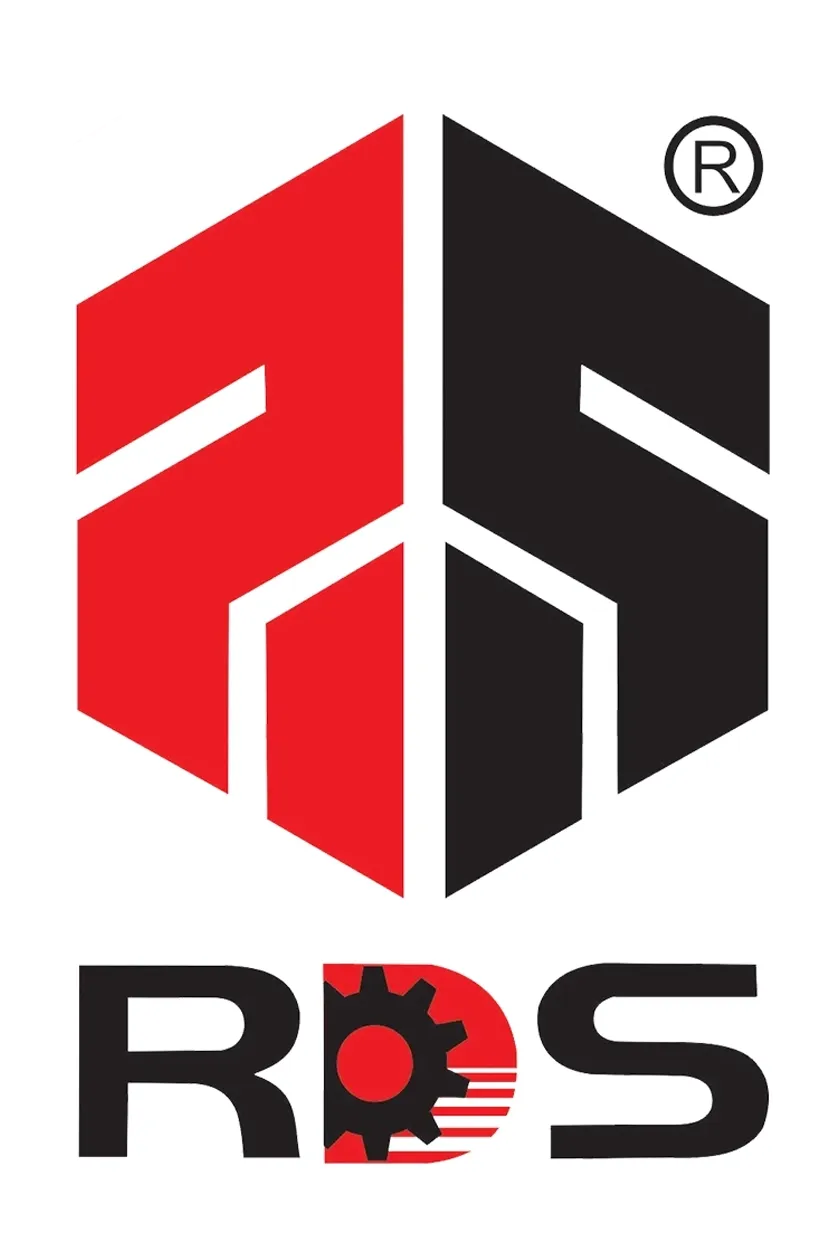Definition and Classification of Insulating Materials
Insulating materials, also known as dielectrics, refer to substances that do not conduct electricity or exhibit minimal conductivity under allowable voltages, typically with a resistivity greater than 10^10 Ω·m. The primary function of insulating materials is to isolate conductors at different electrical potentials within electrical equipment, ensuring current flows along designated paths and maintaining operational safety. Thus, insulating materials are indispensable in electrical engineering.
Insulating materials can be categorized into gaseous, liquid, and solid types. Common gaseous insulating materials include air, nitrogen, sulfur hexafluoride, and insulating PC films. Liquid insulating materials mainly consist of mineral insulating oils and synthetic insulating oils (e.g., silicone oil, dodecylbenzene, polybutene, propylbiphenyl, diarylethane, etc.). Solid insulating materials are further divided into organic and inorganic types. Organic solid insulating materials encompass insulating varnishes, adhesives, papers, fiber products, plastics, rubbers, varnished fabrics and tubes, impregnated fiber products, electrical films, composite products, adhesive tapes, and laminated products for electrical applications. Inorganic solid insulating materials include mica, glass, ceramics, and their derivatives. Comparatively, solid insulating materials play the most critical roles in the industry.
Based on thermal endurance, insulating materials are classified into the following grades: 90°C (Y), 105°C (A), 120°C (E), 130°C (B), 155°C (F), 180°C (H), 200°C (N), 220°C (R), and 250°C.
Depending on application requirements and operating conditions, insulating materials must possess electrical, thermal, and mechanical properties. They serve roles such as mechanical support and fixation in electrical equipment, as well as arc extinguishing, heat dissipation, energy storage, moisture resistance, mold prevention, electric field optimization, and conductor protection.
Insulating materials are widely used in power generation equipment, transmission and distribution systems, traction locomotives, motors, electrical appliances, electronics, household appliances, telecommunications, renewable energy (wind, solar, and nuclear power), aerospace, and military industries.
Beijing Red Sun Technology Co., Ltd. is a leading manufacturer of high-performance
thermoset composite materials. We specialized in epoxy resin, phenolic resin, Old Man products with different thermal grades for over 10 years; good quality and professional service help us gain many good reputation all over the world. We look forward to cooperating with you in the future.
 EN
EN






















